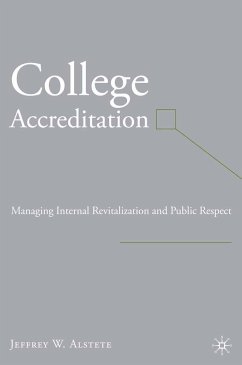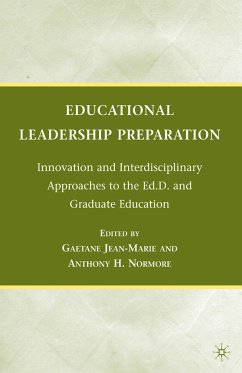
Secondary STEM Educational Reform (eBook, PDF)
Versandkostenfrei!
Sofort per Download lieferbar
40,95 €
inkl. MwSt.
Weitere Ausgaben:

PAYBACK Punkte
20 °P sammeln!
Federal and state funding agencies have invested billions of dollars into secondary STEM (Science, Technology, Education, Mathematics) educational reform over the past decade. This volume addresses the interplay of external and internal variables associated with school reform and how this dynamic has impacted many efforts.
Dieser Download kann aus rechtlichen Gründen nur mit Rechnungsadresse in A, B, BG, CY, CZ, D, DK, EW, E, FIN, F, GR, HR, H, IRL, I, LT, L, LR, M, NL, PL, P, R, S, SLO, SK ausgeliefert werden.












